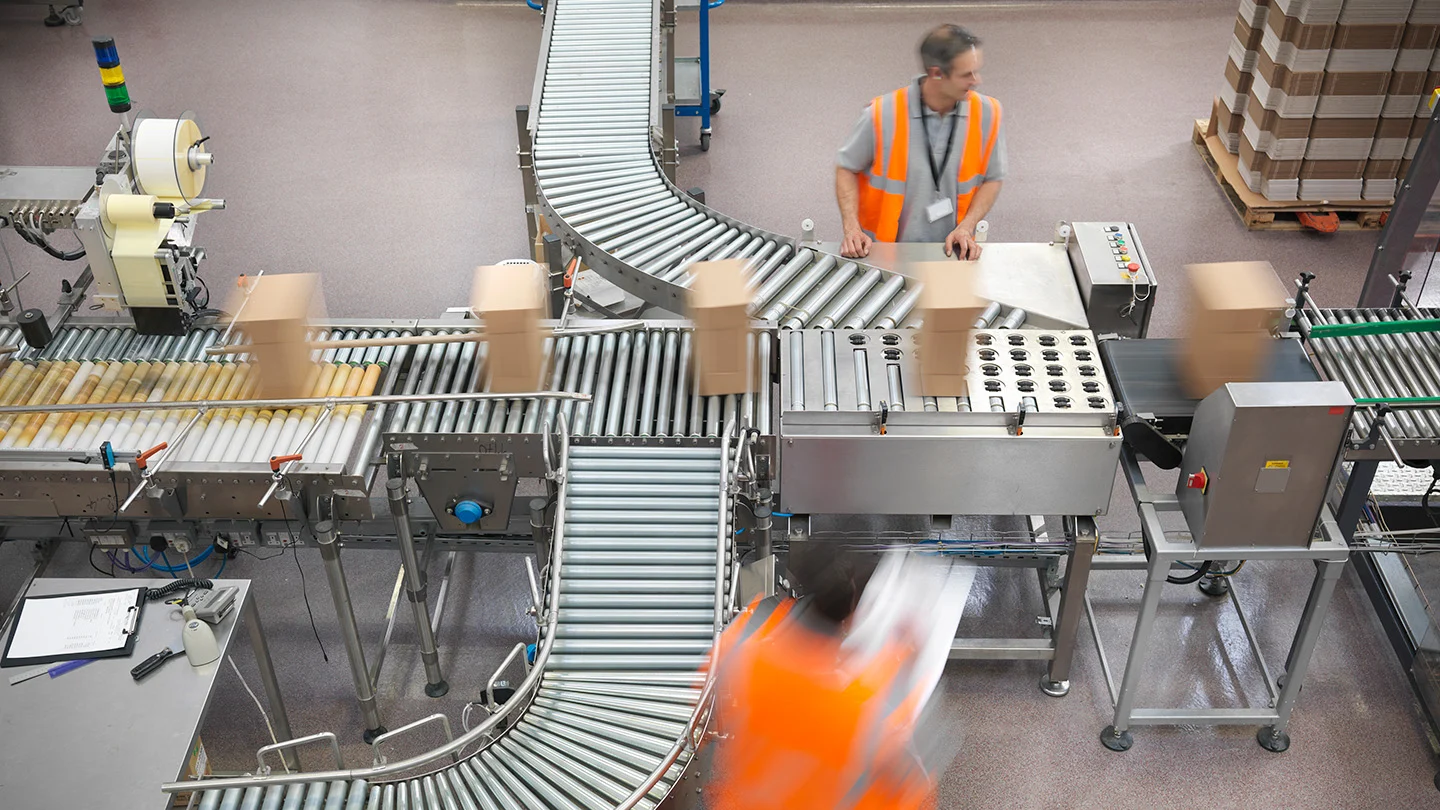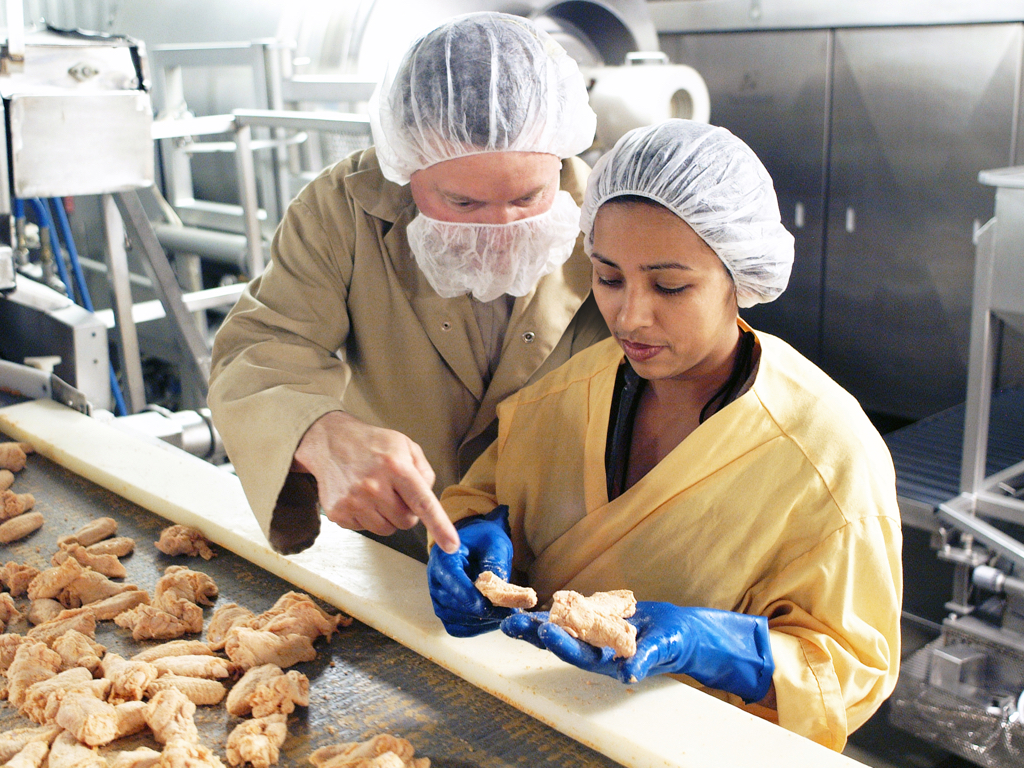The chicken processing plant process is an intricate system designed to transform raw poultry into products ready for consumption. This guide aims to provide a thorough understanding of how chickens are processed in modern facilities, from their arrival to their final packaging.
Overview of Poultry Processing
The Initial Stages
The poultry processing factory begins its operations with the arrival of live chickens. At this stage, several essential processes are carried out:
- Inspection: Upon arrival, the chickens are inspected to ensure they are healthy and meet the facility’s standards. This step is crucial to maintain food safety and quality.
- Holding: The chickens are held in a controlled environment to ensure they are calm and reduce stress. This helps in maintaining the quality of the meat.
Slaughter and Evisceration
After the initial stages, the following steps are crucial in the chicken processing plant process:
- Stunning: The chickens are stunned to ensure they are unconscious before slaughter. This step is essential for humane treatment and to improve meat quality.
- Slaughtering: The stunned chickens are then slaughtered. This process involves the removal of the head and blood, which is crucial for food safety.
- Plucking and Cleaning: After slaughter, the feathers are removed in a plucking machine. The chickens are then cleaned thoroughly to remove any remaining feathers and other contaminants.
- Evisceration: The internal organs are removed during evisceration. This process includes the removal of the entrails, heart, and liver. The organs are inspected for any signs of disease or contamination.
Processing and Packaging

Carcass Processing
Once evisceration is complete, the chicken carcasses undergo further processing:
- Cutting: The carcasses are cut into various parts, such as breasts, thighs, and wings. This step is tailored to meet consumer preferences and market demands.
- Deboning and Trimming: For certain products, bones are removed, and excess fat is trimmed to ensure a higher quality product. This step also includes removing any remaining feathers or contaminants.
Quality Control
Quality control is a critical aspect of the poultry processing plant process:
- Inspection: Processed chicken is inspected to ensure it meets all health and safety standards. This includes checking for any signs of disease or contamination.
- Testing: Various tests are conducted on the chicken to ensure it is free from harmful bacteria and pathogens. This step is vital to ensure the safety of the final product.
Packaging
The final processed chicken is then packaged for distribution:
- Packaging: Chicken parts are packaged in various formats, including vacuum-sealed bags and trays. This helps in preserving the freshness and extending the shelf life of the product.
- Labeling: Each package is labeled with important information, such as nutritional content, expiration date, and origin. This ensures transparency and provides consumers with necessary information about the product.
Understanding the Process: How Chicken is Made

From Farm to Table
The question “how is chicken made?” can be answered by understanding the entire journey from farm to table:
- Breeding and Raising: Chickens are bred and raised on farms, where they are fed a diet designed to promote healthy growth. This stage is crucial as it impacts the quality of the meat.
- Processing: Once the chickens reach the appropriate weight, they are transported to the processing plant. The processes described above are followed to prepare the chicken for consumption.
- Distribution: After processing, the chicken is distributed to retailers and foodservice establishments. This stage ensures that the product reaches consumers in a timely manner.
Conclusion
The chicken processing plant process involves a series of detailed steps designed to ensure that poultry products are safe, high-quality, and ready for consumption. From the initial stages of inspection and holding to the final packaging, each step is crucial in maintaining the quality and safety of the chicken. Understanding this process provides insight into how chickens are made and highlights the importance of each stage in ensuring a safe and quality product for consumers.

